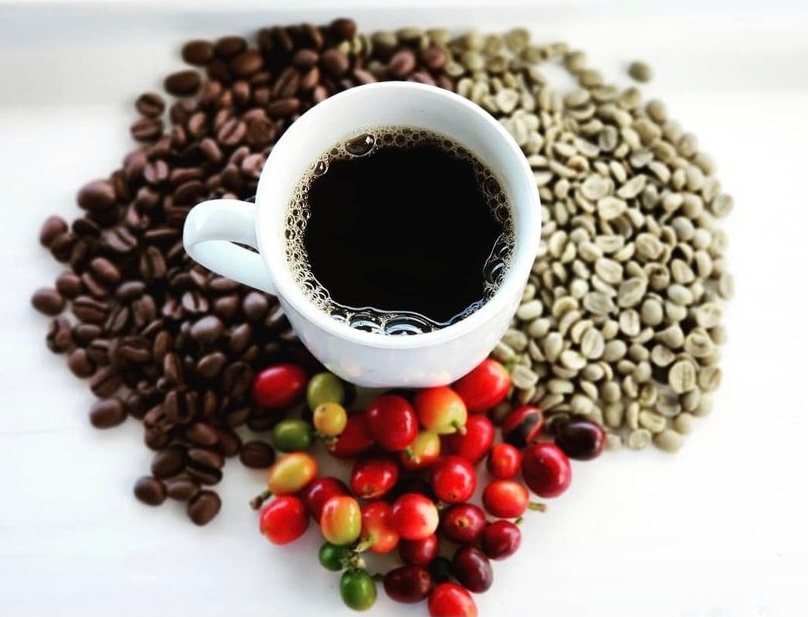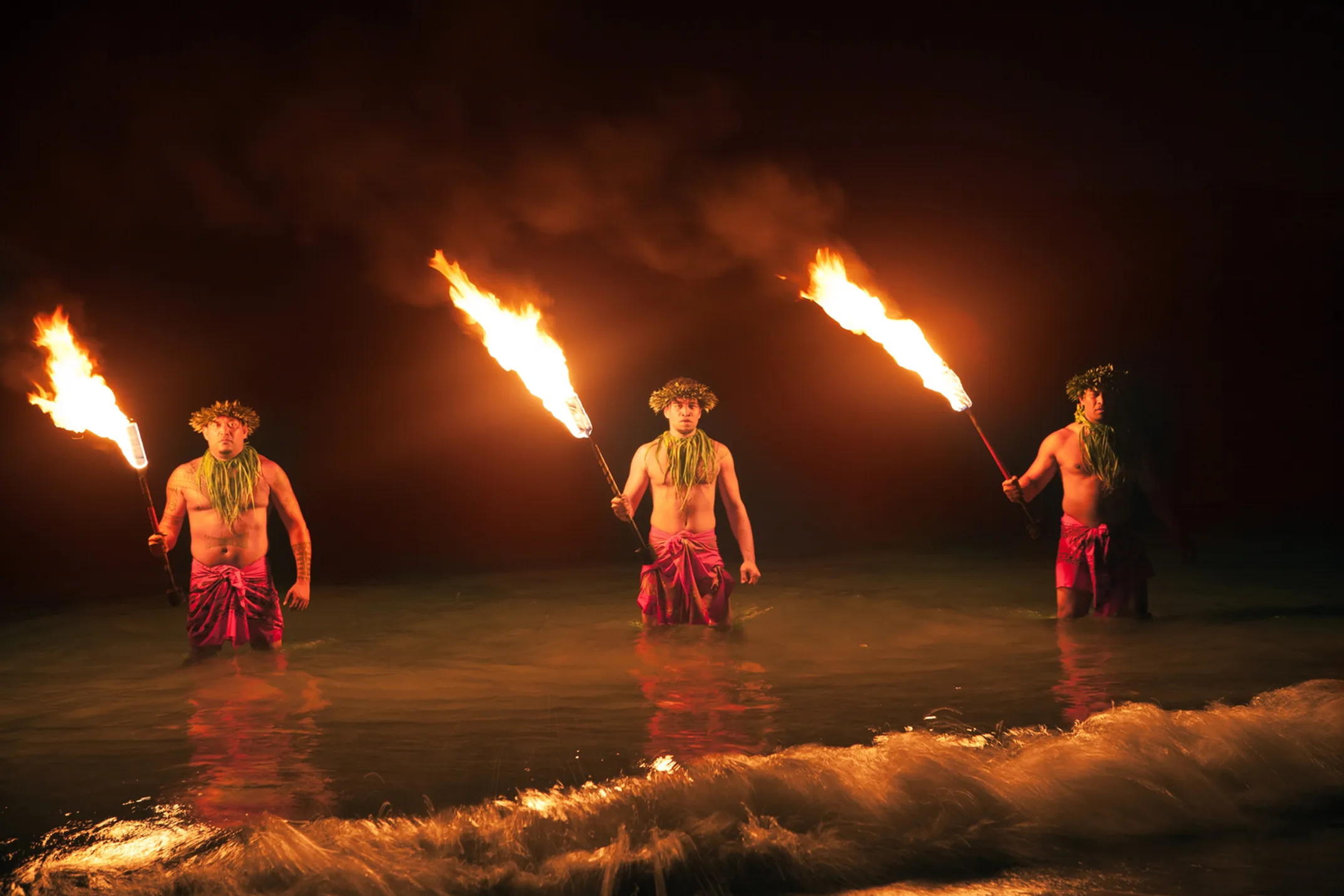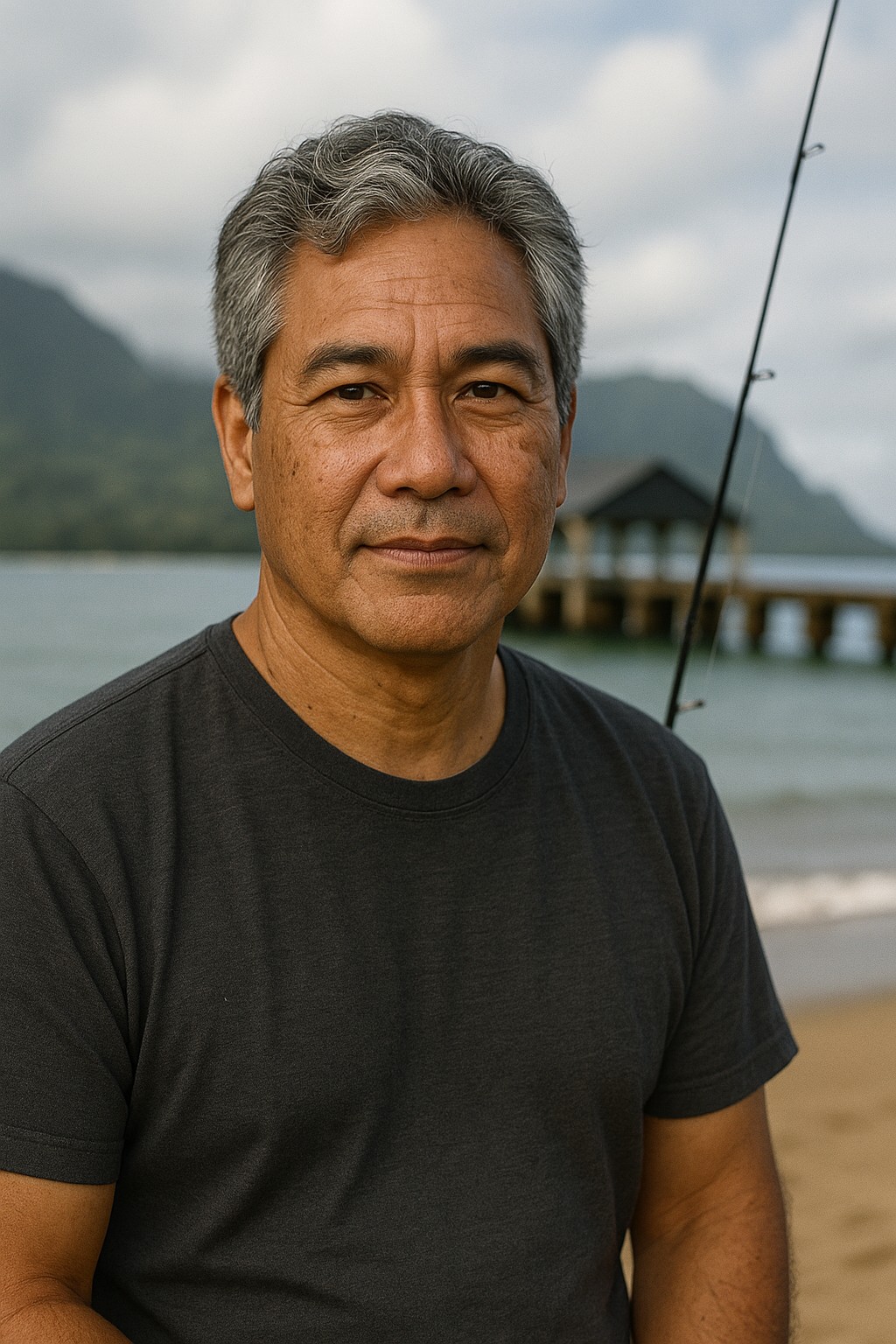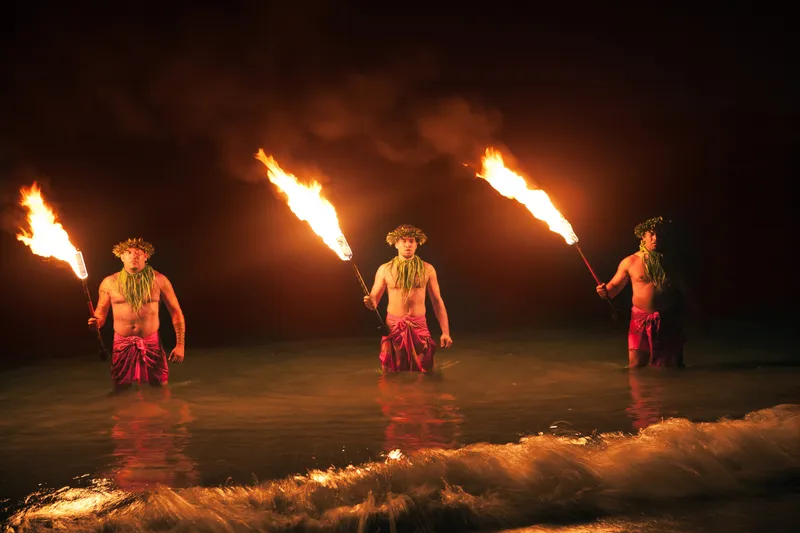
“Brew Your Best Cup”- Coffee Brewing Workshop
Heavenly Hawaiian Coffee Farm • Farm • Holualoa, Island of Hawaii • Hawaii

Walking Through Hawaiian History with Aloha ʻĀina

Written by a Local Cultural Expert
Kalani Miller
The red dirt road to Waimea Canyon winds through old sugar fields where my great-grandfather once worked. Each turn reveals another layer of our island's story. This isn't the sanitized version you'll find in most guidebooks. This is the real moʻolelo—the living history that flows through every stream, every sacred stone, every family that still calls these islands home.
Growing up in Hanalei, I learned that Hawaiian history isn't something that happened long ago. It's happening right now. When my papa taught me to read the signs in cloud formations over the mountains, he was passing down knowledge that master navigators used to cross thousands of miles of open ocean. When my keiki help restore the loʻi kalo near our house, they're practicing the same sustainable farming that fed entire communities for over a thousand years.
But there's another story here too. It's the story of what was taken, what was lost, and what we're fighting to get back. This is that story.
This moʻolelo spans from the master navigators who first found these islands to the modern sovereignty movement protecting Mauna Kea. Each chapter reveals how our people have maintained their connection to the land through colonization, overthrow, and cultural suppression.
You'll discover the sophisticated ahupuaʻa system that sustained our ancestors, witness the brilliance of Kamehameha's unification, and understand the illegal overthrow that stole our kingdom. But most importantly, you'll see how Hawaiian culture has not just survived—it has thrived, adapted, and continues to guide us forward.
Master navigators, double-hulled canoes, and the creation of a sustainable island civilization over 1,000 years.
Kamehameha's unification, foreign contact, missionaries, and the transformation of Hawaiian society.
The illegal seizure of the Hawaiian Kingdom, Queen Liliʻuokalani's resistance, and American annexation.
Underground preservation, the voyaging revival, language immersion, and modern sovereignty movements.
Journey through each era of Hawaiian history and discover how the past continues to shape our present.
Sacred mountain, realm of gods
Kingdom's heart, resistance symbol
Place of refuge and healing
Royal birthstones
Hawaiian history didn't end with statehood in 1959 or the Renaissance of the 1970s. It's still being written by every family that chooses to speak Hawaiian at home, every farmer who plants kalo using traditional methods, every young person who learns to navigate by the stars.
Ancient Hawaiian practices offer modern solutions for climate change and resource management.
Understanding how to maintain cultural identity in a globalized world through Indigenous wisdom.
Learning from Indigenous resistance movements fighting for land rights and sovereignty.
"My papa used to say that the land doesn't belong to us—we belong to the land."
That understanding is what we're fighting to preserve. It's the difference between seeing land as property to be bought and sold versus seeing it as family to be protected and cared for.

Heavenly Hawaiian Coffee Farm • Farm • Holualoa, Island of Hawaii • Hawaii

